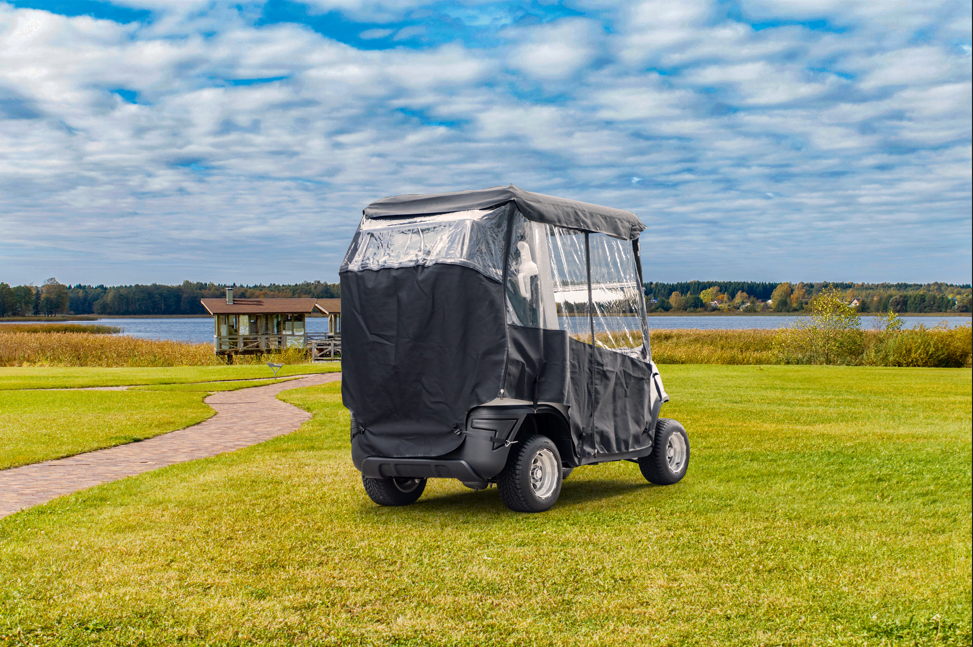-
Shopping Tools
-
Care & Maintenance
-
About
-
Dealer Login

Indoor storage shields your cart from cold snaps, heat, rain, and harsh UV—protecting batteries, electronics, and finishes so performance stays reliable year-round.
Harsh weather shortens runtime, accelerates corrosion, and ages plastics. By moving your cart inside, you stabilize temperature and humidity—two silent drivers of battery and component wear. Your electric golf cart performs best when its pack remains warm (but not hot), dry, and fully charged. Stable indoor conditions prevent winter freeze damage to lead-acid electrolyte and reduce summertime capacity loss in lithium packs. Many garages and pro facilities also support routine maintenance (terminal cleaning, top-offs for lead-acid, BMS checks for lithium), turning storage time into longevity gains.
Cold reduces available energy and can freeze diluted electrolyte in deeply discharged lead-acid batteries, causing plate damage. Indoors, batteries retain warmth and charge, preventing sulfation and freezing. Lithium packs also benefit: keeping them out of extreme heat slows capacity fade, while avoiding sub-freezing charge events protects cell integrity. The result is steadier runtime, stronger acceleration, and longer pack life.
| Storage | Battery Health | Corrosion Risk | Cosmetic Wear | Security | Upkeep |
|---|---|---|---|---|---|
| Indoors | Excellent (stable temps, full charges) | Low | Minimal | High | Low & predictable |
| Outdoors | Variable (heat/cold stress) | Moderate–High | High (UV, rain) | Moderate | Higher & frequent |
Storing indoors isn’t just about comfort—it’s a performance and longevity strategy. Stable temperatures protect the battery from freezing, regular charging preserves capacity, and a dry, secure space prevents corrosion and cosmetic damage. Adopt a simple routine (clean, vent, charge, quick inspect) and your electric golf cart will deliver reliable range, smooth acceleration, and a like-new finish season after season.
